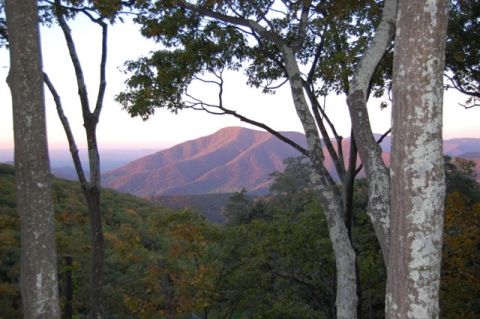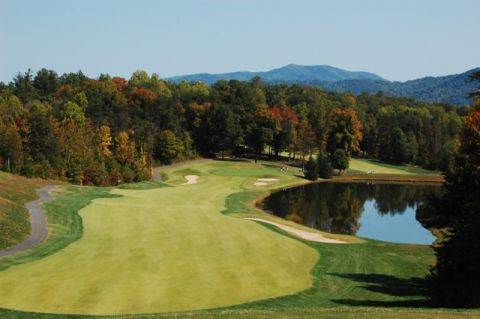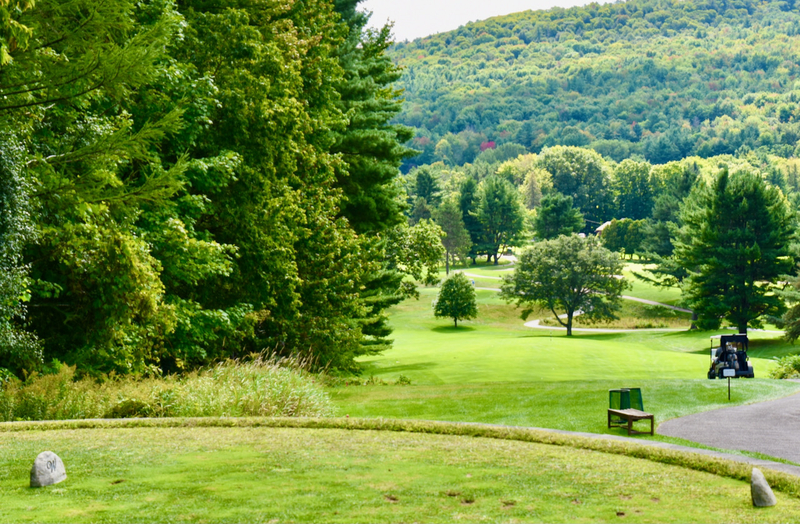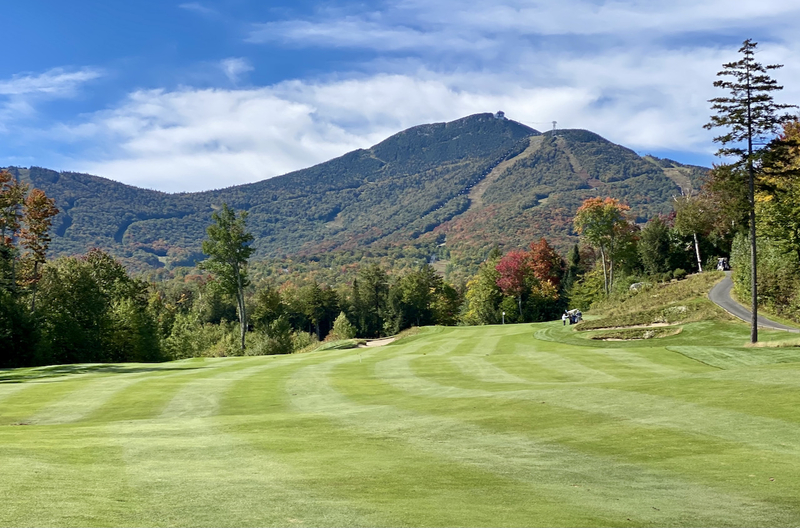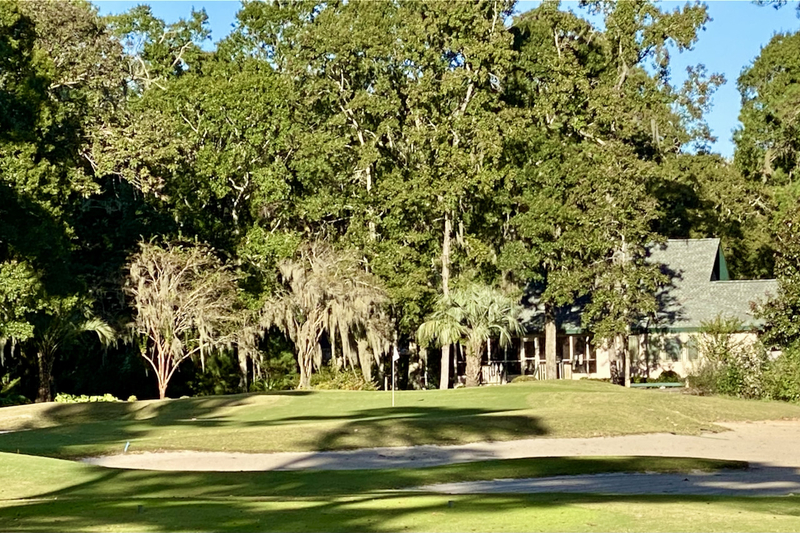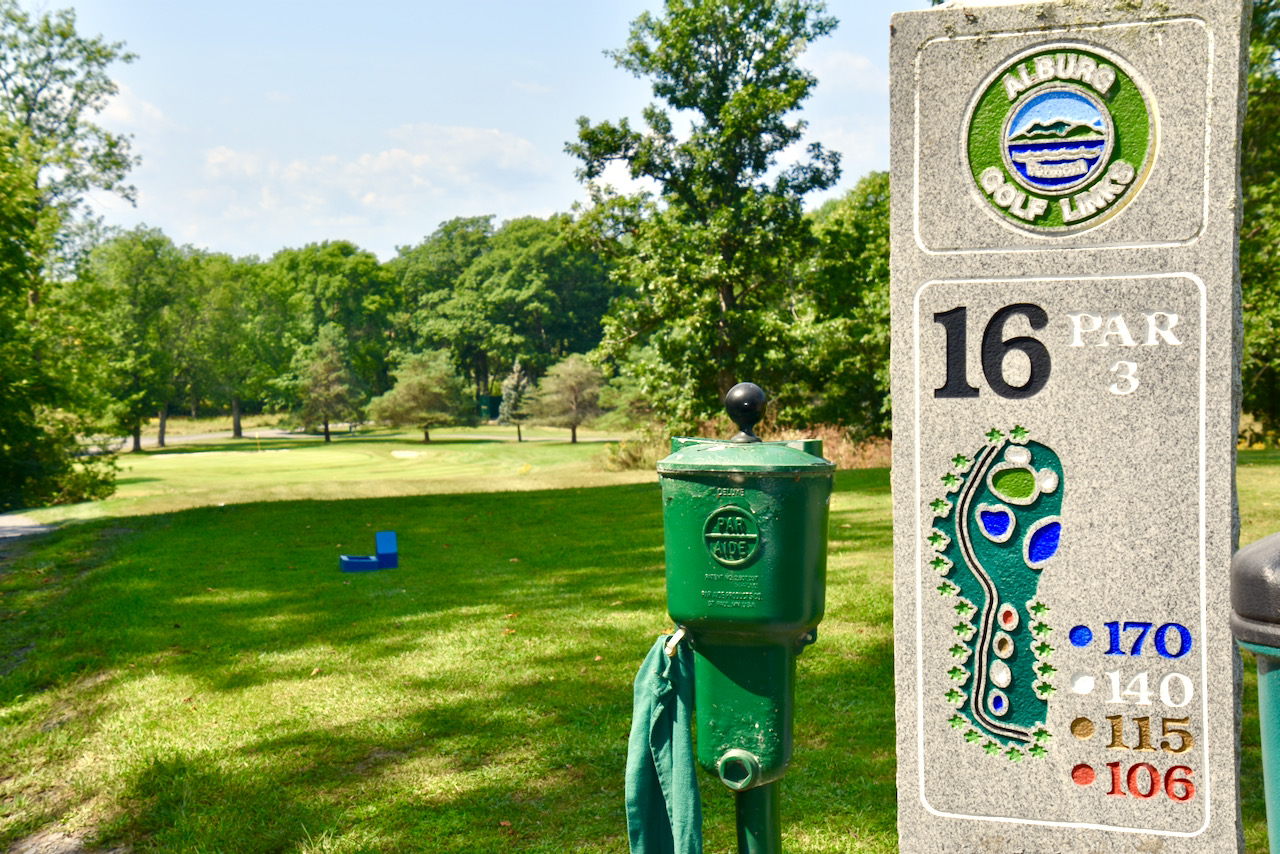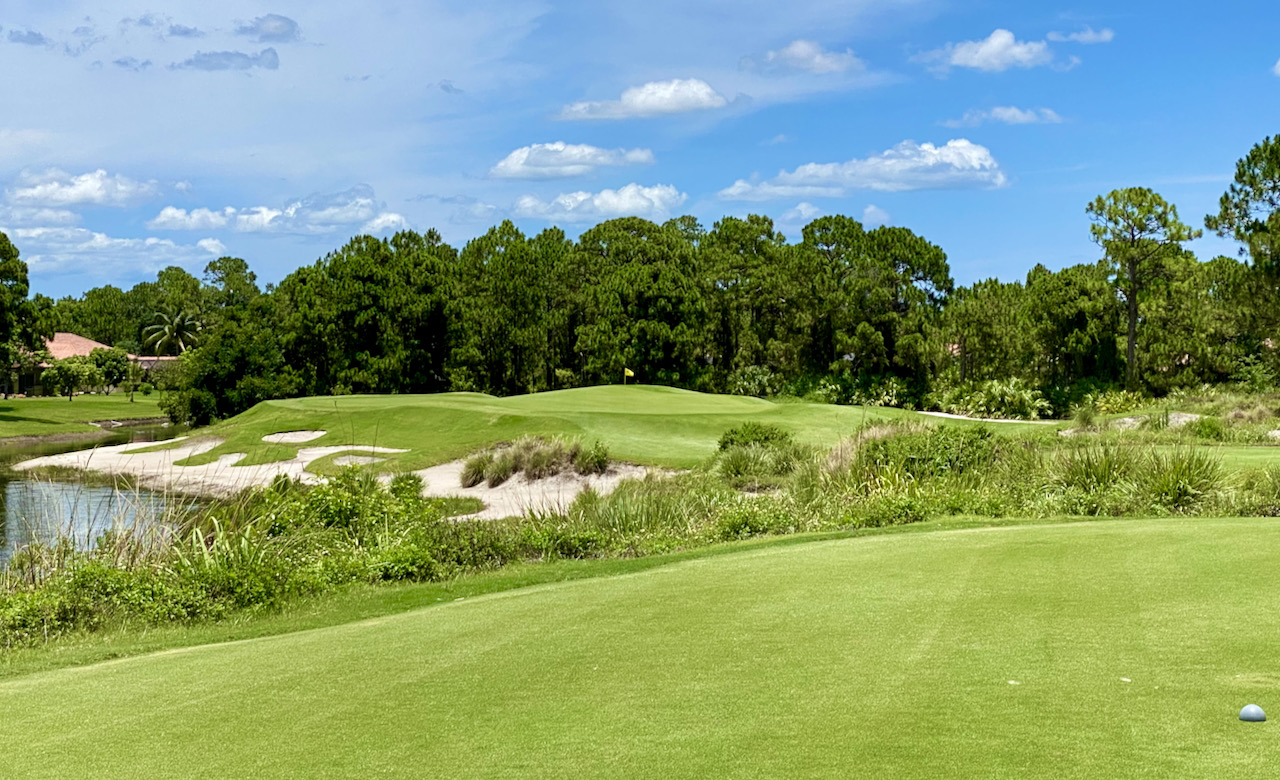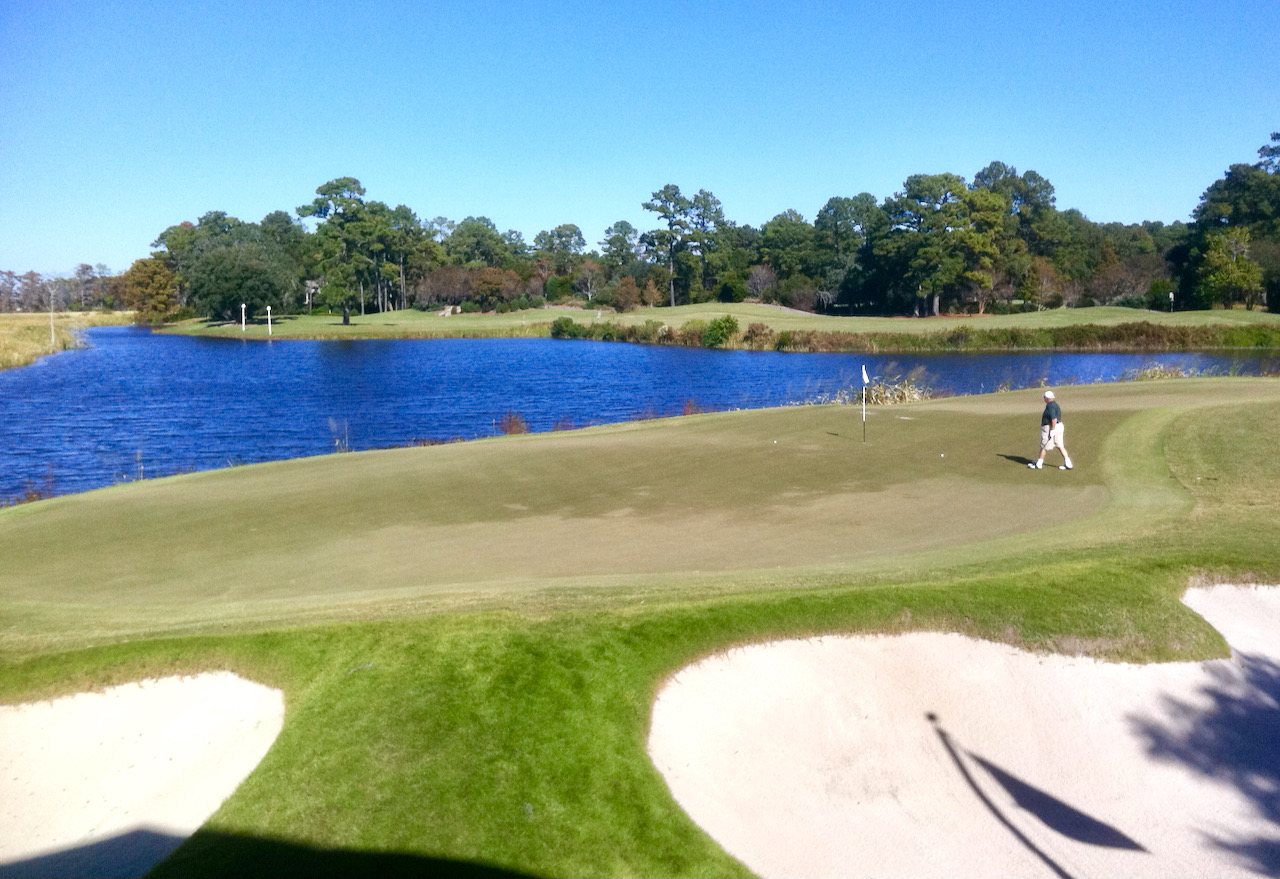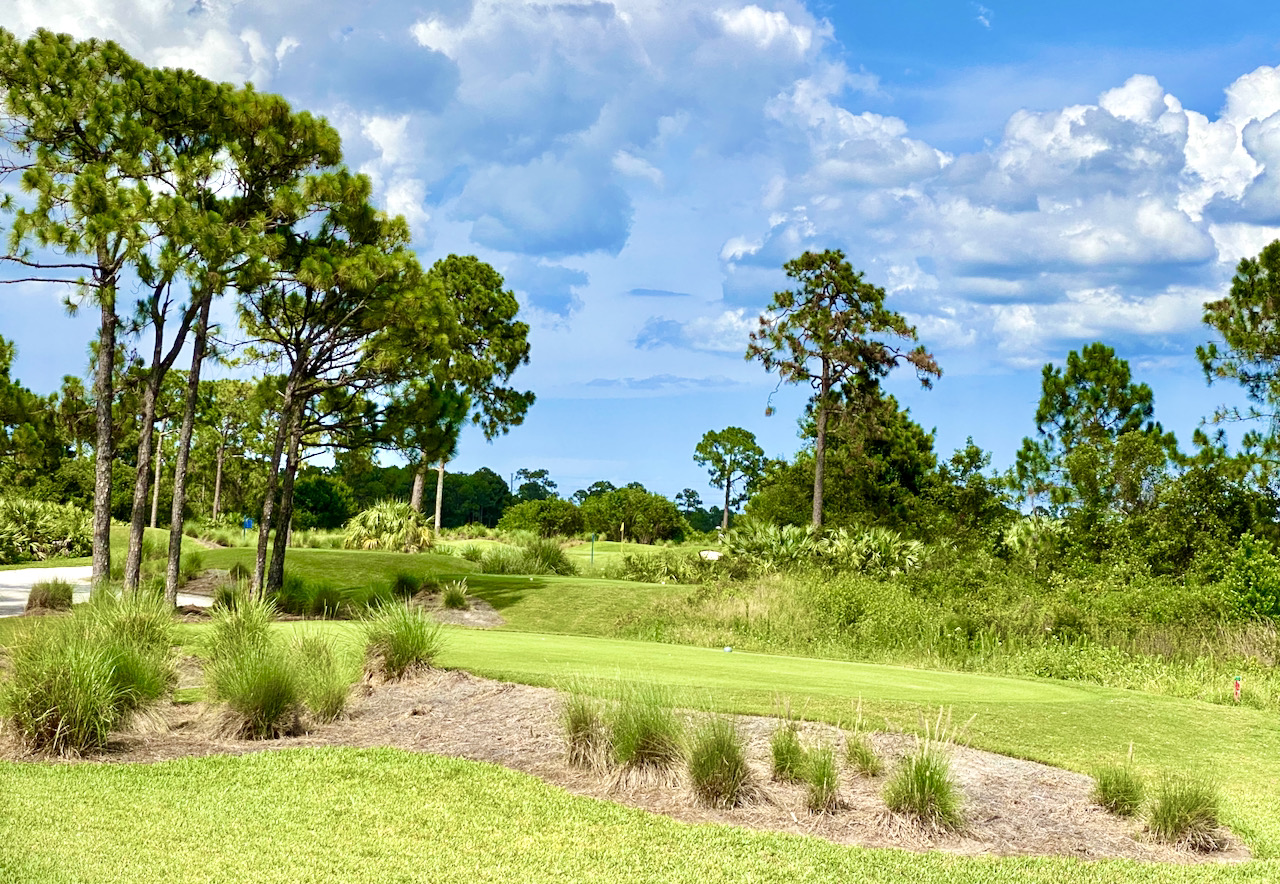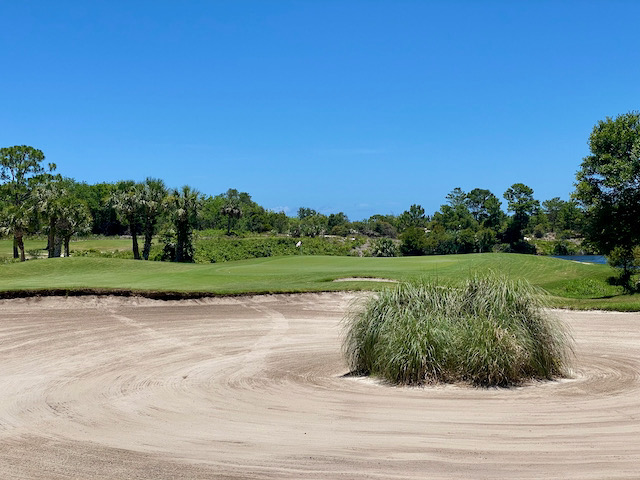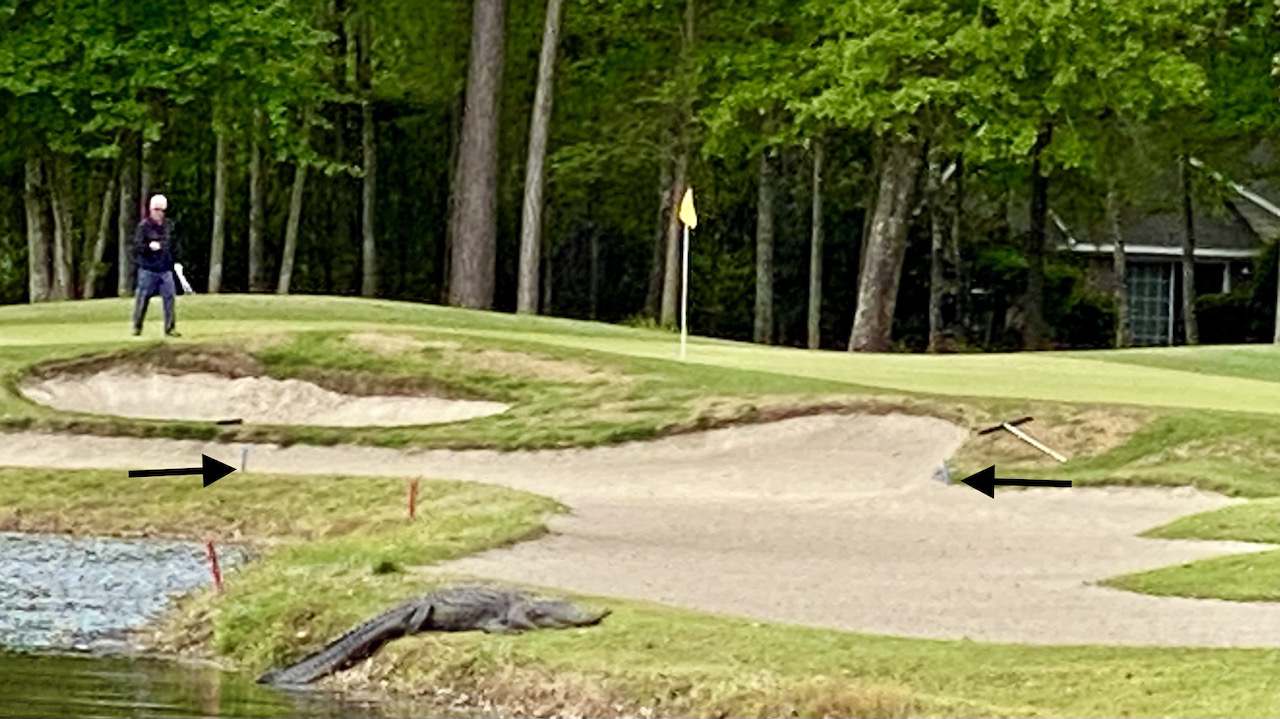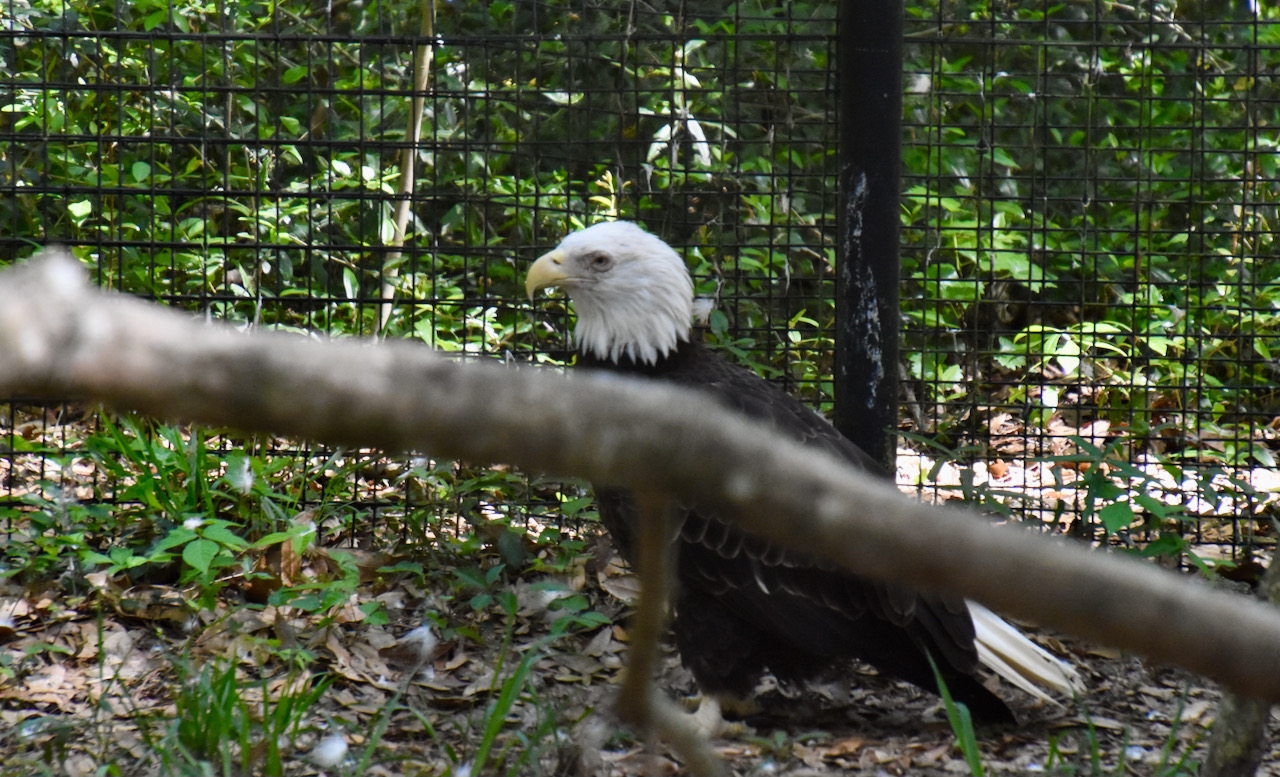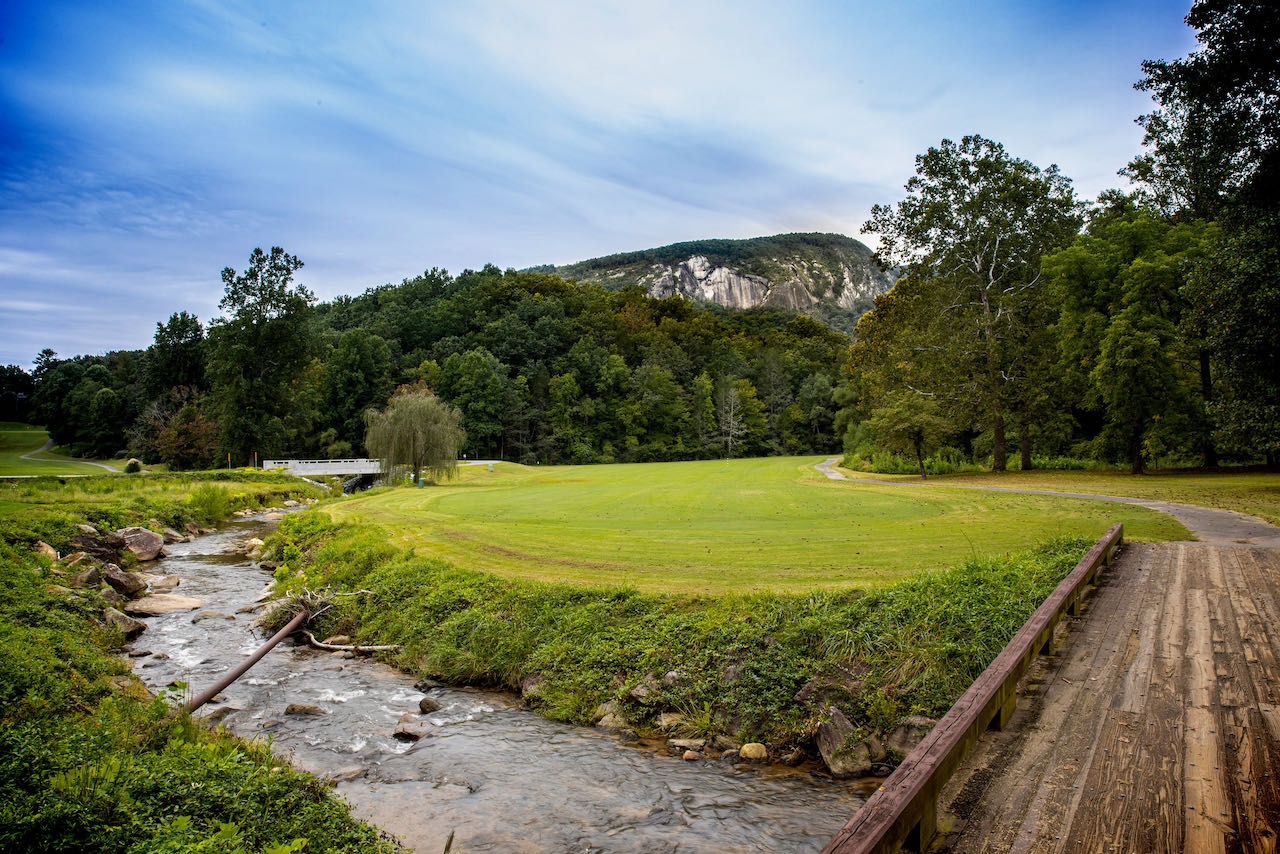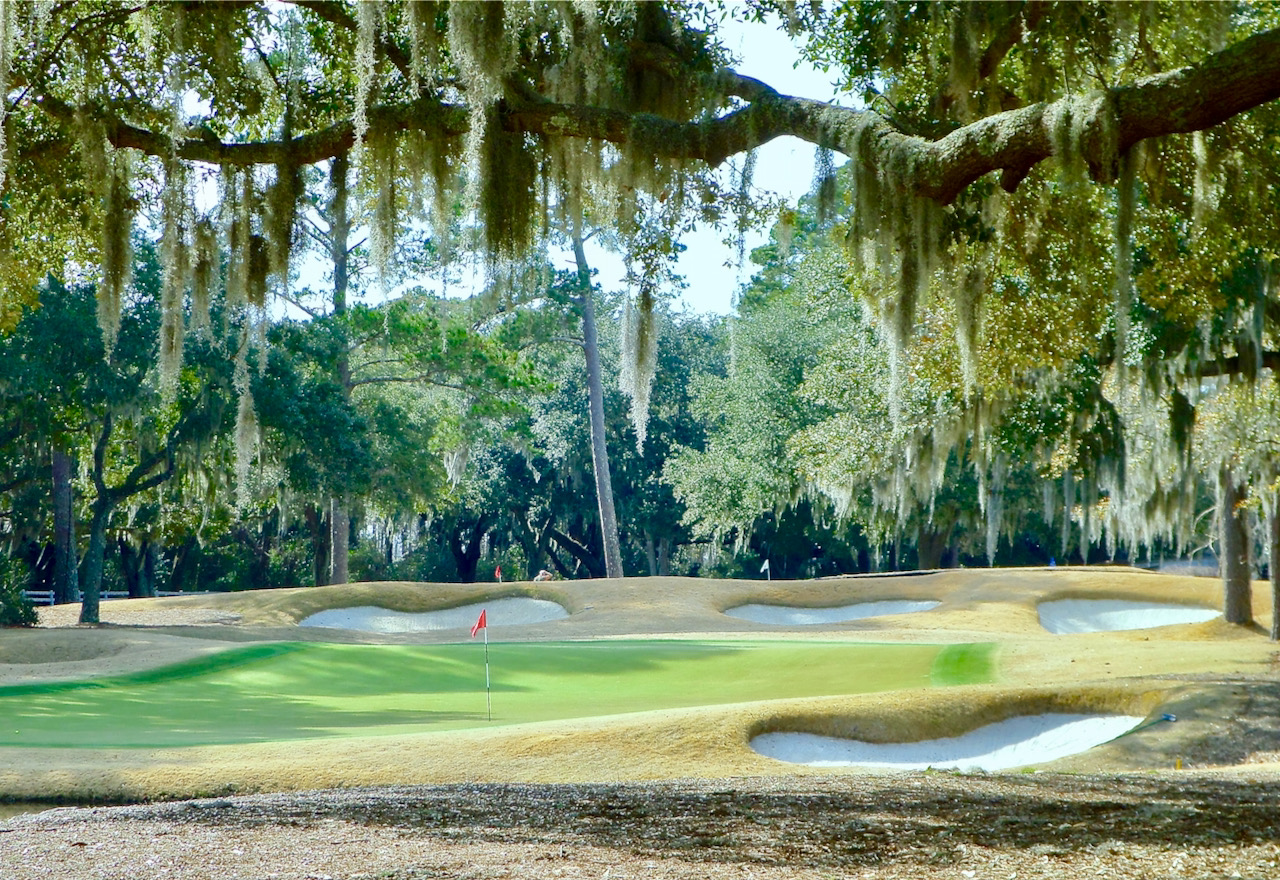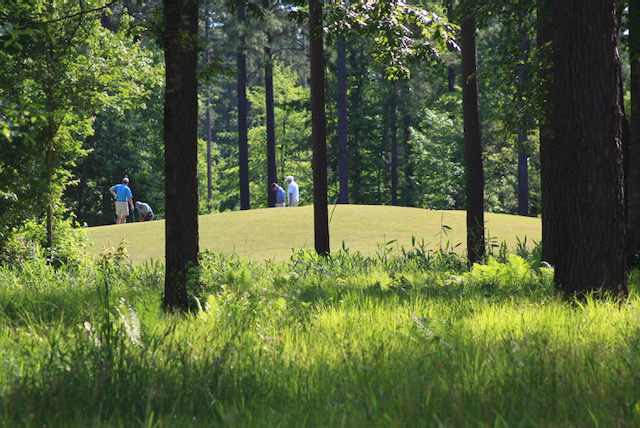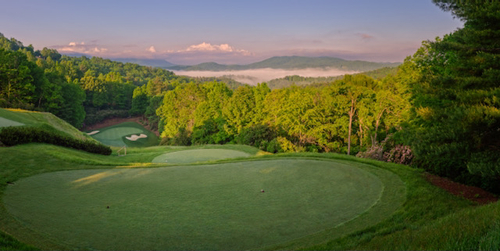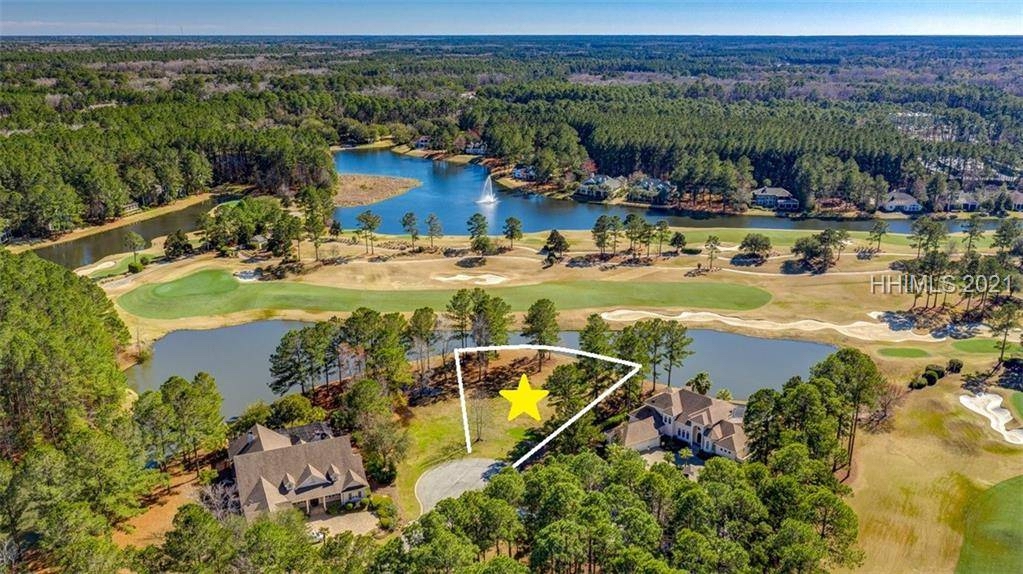In our May issue of Home On The Course, our free monthly newsletter, attorney Michelle Tanzer, who has worked with scores of golf community developers, wrote about the importance of understanding the covenants and other documents that relate to a development in which you are considering a purchase. In recent days, two legal judgments provide real life examples of the consequences of reading the fine print -– or not.
According to one of our favorite sites, GolfDisputeResolution.com, courts in New Jersey and Texas dealt with similar issues of golf course owners’ responsibilities to the residents of adjacent real estate. In the New Jersey case, the owner of the Ramblewood Golf Club in Mount Laurel thought the Township erred when, in 2006, it passed an ordinance compelling that the 50-year-old golf course be “preserved as a commercial golf course or similar open space activity.” In 1961, an ordinance granted permission to build the golf course if it was never to be subdivided for home building; however, a “final plat” was never submitted by the developer, and today’s owners suggested, therefore, that no prohibition was in place. The court did not buy it and rejected the course owner’s suit.
In Texas, the circumstances were only slightly different but the judgment the opposite. A jury there found that no legal promise had been made by owners of the Atascocita Country Club, who closed the club two years ago after they failed to find a buyer for it. Some residents of adjacent properties brought suit, seeking to force the owners to continue operating the club’s golf course on the basis that requirements to operate the property as a golf course were “implied.” The jury disagreed by a vote of 10 to 2.
*
The next issue of Home On The Course, our free monthly newsletter, will be out in a matter of days. You can sign up by clicking the box at the top of this column. Our June edition will make the case that this is a good time to pull the trigger for those contemplating the building of a new home in a golf community. Entertaining the construction of a house is not for the faint of heart, but the current environment could make it more financially feasible, if not easier. Sign up today to ensure you receive the June edition when we publish it within the next week. And, by the way, if you find yourself dreaming about actually building a home on a golf course, we have some nice properties listed for sale at GolfHomesListed. More properties and homes are being added frequently, so check back often.




